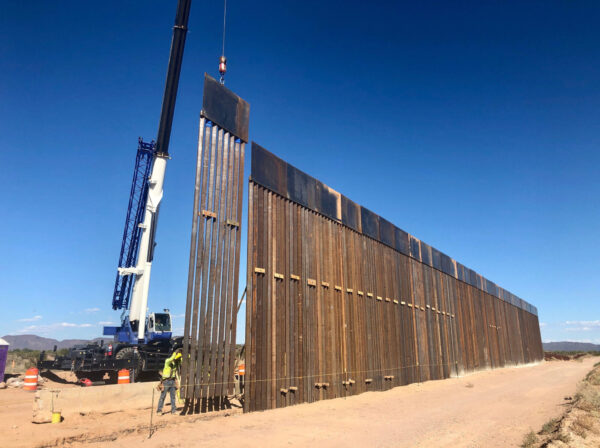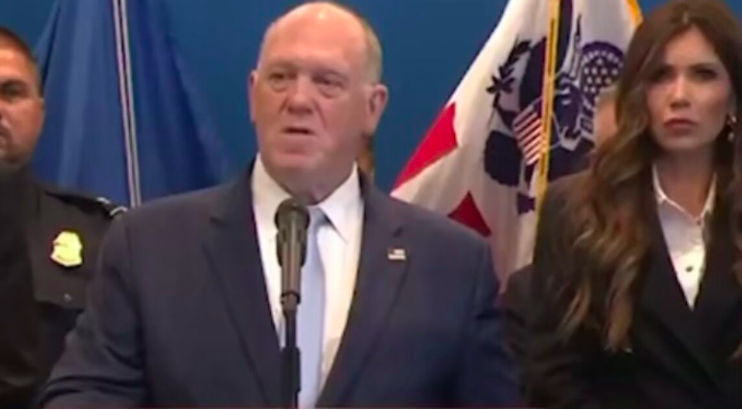In a decisive move to strengthen national security and curb illegal immigration, construction of the border wall has resumed in Texas and Arizona. This development underscores a renewed commitment to fortifying the United States’ southern boundary.
In Texas, the state’s Facilities Commission (TFC) has reported significant progress. As of February 20, 2025, Executive Director Mike Novak announced the completion of 56.9 miles of the border wall.

Active construction is underway at 12 locations across six border counties: Cameron, Starr, Zapata, Webb, Maverick, and Val Verde. This initiative reflects Texas’s proactive stance in addressing border security challenges.
The TFC has successfully secured 105 easements, covering approximately 70.3 miles designated for the border wall. Director Novak highlighted that with the current $2.5 billion appropriation from the state legislature and the Governor’s Office, the program is poised to deliver up to 85 miles of fortified barrier. This substantial investment demonstrates Texas’s dedication to safeguarding its borders and communities.
In Arizona, efforts to enhance border security have also gained momentum. The state has undertaken projects to fill existing gaps in the border wall, particularly in areas prone to high levels of illegal crossings. These measures aim to deter unauthorized entry and ensure the safety of both residents and migrants. The Arizona Department of Emergency and Military Affairs has been instrumental in coordinating these construction efforts, reflecting the state’s resolve to address border-related concerns effectively.

The resurgence of border wall construction aligns with broader national policies emphasizing the importance of a secure border. Federal support has been pivotal in advancing these projects, with recent executive actions facilitating the allocation of necessary resources and the removal of bureaucratic obstacles. This collaboration between state and federal entities underscores a unified approach to national security.
Public opinion in border states like Texas and Arizona largely favors the expansion of the border wall. Many residents view it as a critical measure to prevent illegal immigration, reduce crime, and protect local economies. Community leaders have voiced support, citing the wall’s role in enhancing public safety and alleviating the strain on local resources.
However, these construction efforts have not been without controversy. Environmental groups express concerns about the potential impact on wildlife habitats and migration patterns. While these considerations are important, proponents argue that the imperative of national security and the rule of law must take precedence. Balancing ecological preservation with the need for a secure border remains a complex challenge.
Financially, the border wall projects represent a significant investment. Texas Governor Greg Abbott has requested $11 billion from Congress to reimburse the state’s expenditures on border security initiatives, including wall construction. This request highlights the substantial costs borne by states in the absence of comprehensive federal immigration reform. Governor Abbott emphasized that these efforts are essential to protect American citizens and uphold the integrity of the nation’s borders.
The continuation of border wall construction in Texas and Arizona signifies a steadfast commitment to addressing illegal immigration and enhancing national security. As these projects advance, they are poised to play a crucial role in shaping the future of U.S. border policy and enforcement.





